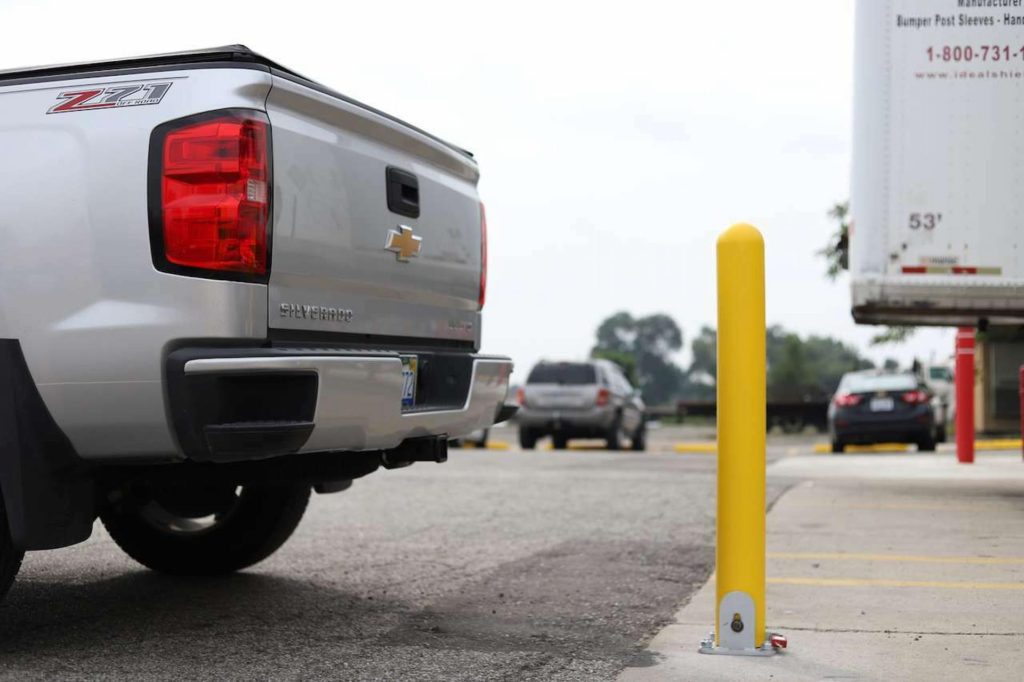When you don’t want to install a fence but still require a kind of perimeter guard, bollards are the best elements to go with. They are available in many forms, starting with cylindrical rods to conical caps. Moreover, they form the best kind of architectural boundary that doesn’t need any kind of fencing or such complicated constructions.
However, bollards are made from different materials, starting with thick plastic to concrete. Each material has its own benefits and flaws that we will learn in the following article. Once you have an idea about the materials, you can easily decide which one will work for your fencing or architectural border requirements.
Concrete Bollards
For making permanent structural boundaries, concrete bollards are used. These can be painted to increase their visual appeal. Also, they can last for a long time in outdoor environments. However, using concrete bollards in high-security areas is not a good idea because they cannot prevent crashes or damages like stainless steel or iron bollards.
Stainless Steel Bollards
One of the best materials used for manufacturing the fold down bollards is stainless steel. It is hardened and commercial-grade steel is used only that can absorb collision forces without forming dents or suffering from a breakdown. Besides, they are shiny and have an aesthetic appeal. Stainless steel won’t form rust like iron and therefore, the bollards can last for a long time, irrespective of the weather conditions.
Wooden Bollards
There are areas where wooden bollards are also used. These are cheap and form an alternative to wooden fences. However, they can’t be placed out in the open because the material can get damaged due to weather conditions. Also, wood is not exactly a proper material that can be used to make bollards for commercial purposes.
Iron Bollards
Iron bollards are not very common because they can easily form rust and which affects the structural integrity and strength. However, this particular material is highly ductile which is why it can be cast into any shape and form of bollard as per your requirement. When magnesium is mixed with molten iron, the bollards can withstand a high amount of wear and tear without suffering breakdowns. One of the plus points of iron is that they are strong, has high tensile strength, and therefore, absorbs huge impact forces without getting damaged.
Polyurethane Bollards
Polyurethane material is mainly used for manufacturing fold-down bollards because it is highly flexible and can withstand a high amount of heat. Besides, PU is UV resistant which is why the sun rays cannot cause any structural damage. They are scratch-resistant and can withstand the pressure from vehicles running over them. However, they do not provide any solid protection or boundary and therefore, they are used mainly in areas with less traffic.
Final Thoughts
Now that you are aware of the different materials with which the bollards are manufactured, it won’t be much difficult for you to choose the desired product for creating a definite boundary. Just make sure that the material you are choosing serves your purpose in the best possible manner and can last for a long time.


